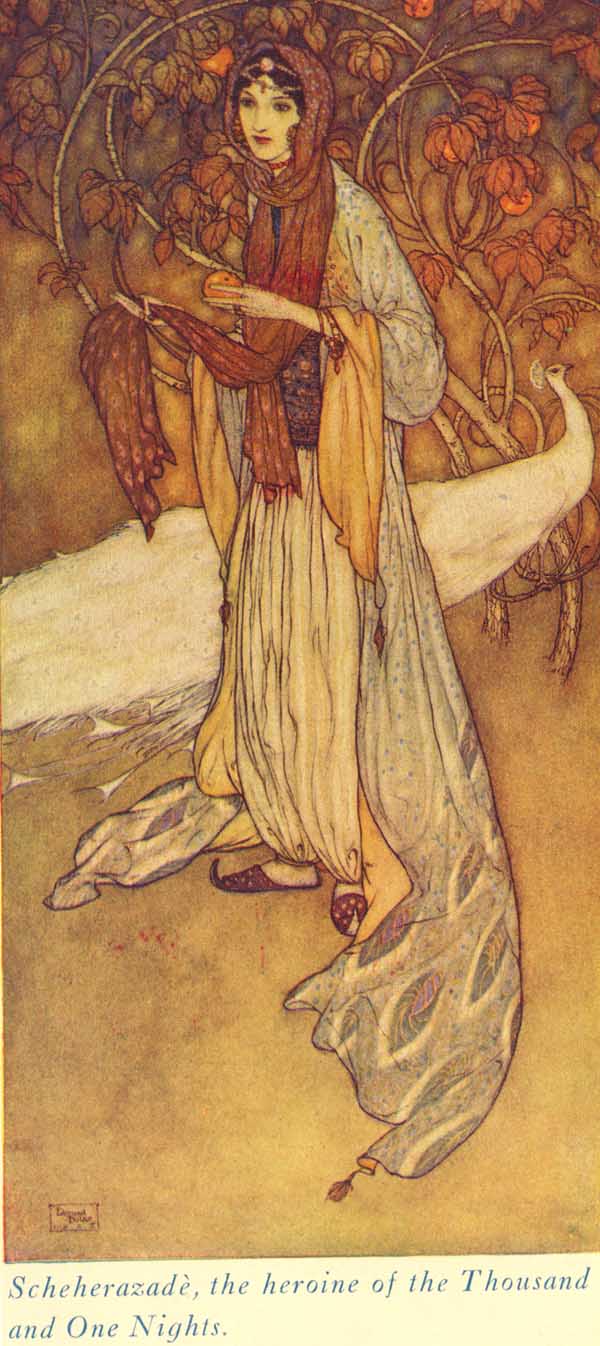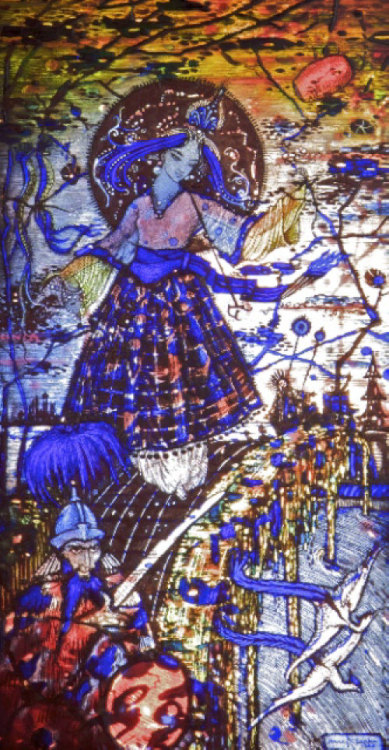Evidently here's parents who won't read their kids the stories I grew up on because they might be "too scary," even though in my years of working in bibliotheques, I've seen kids checking out all sorts of freakish flicks that they had no business watching, so I don't know which is better.
The violence never bothered me, though the nightly news at my grandma's house was scary with the spectre of Amy Mihaljevic's murderer and bad things going down on the other side of town spooked me back then. There was no resolution to things like that, no closure, and it was too close, not within the bounds of pages of once upon a time long ago far away.
And I doubt that these tales gave me any unrealistic views of prince charmings because the overanalytical half of the brain doubted that anyone lived happily ever after and the concept of soulmates still seems just as fanciful as ghosts or fairy godmothers, and the more pedestrian versions in the picture books were not nearly as fabulous as the ones in the old tomes at my grandma's house or the tales from around the world that my sister and I would find at the library and devour with the gorgeous illustrations and gold-stamped bindings, the tales of smart and brave and beautiful girls dealing with all manner of adversity using their wits or their small resources to get through, Vasilisa and her tasks, Scheherezade and her stories, spinning tales with layers upon layers for survival.
There are no more ogres or wicked witches in the woods in search of children to eat and tender young women with which to be matrimonial, no Bluebeard, but predators still abound, those with smooth words and promises of wealth harboring dark appetites. No Snow Queen but what girl hasn't watched the heart of one she loves get stolen away by the icy beauty of another.
Beasts who turn out to be beautiful and dragons in need of slaying.
No witches or wicked stepmothers perhaps, but women who can be just as jealous, manipulative, and cruel, and even in some cases abusive. There are those unreasonable people in power who expect you to spin straw into gold because they can't see beyond their greed. Sometimes we sacrifice who we are for some strange twisting of love for someone who barely knows we exist.
These archetypes that seem so fanciful and black and white and childlike still resonate in a strange way, even when the lines between hero and villain and heroine and witch get blurred, because everyone thinks they're the star, the hero, the princess, and not always conscious that their non-heroic moments are at the expense of the slightly more innocent. And sometimes the endings aren't always happy and the travails and quests lead nowhere, and the morality of the good get rewarded and the bad get punished doesn't always pan out that way, which is why these are fictions in which we take such comfort.






NO LENIN YOU ARE. Can't save the kids from finding out most of the world and the people in it, if not actively seeking to destroy, still pretty much suck, and I think the kids whose hands aren't held at every step of the way figure out that perfect endings, like ogres, Vulcans, and Clevelandia sporting victories, are mythical.
ReplyDeletehttp://www.ecofriend.com/entry/eco-arts-scary-skull-crafted-from-old-kitchen-utensils/
ReplyDelete